Saving Cross River Gorillas from extinction
The Cross River Gorilla, with fewer than 300 individuals estimated to exist in the wild, is the most endangered of the gorilla subspecies, and is listed by the IUCN as Critically Endangered.
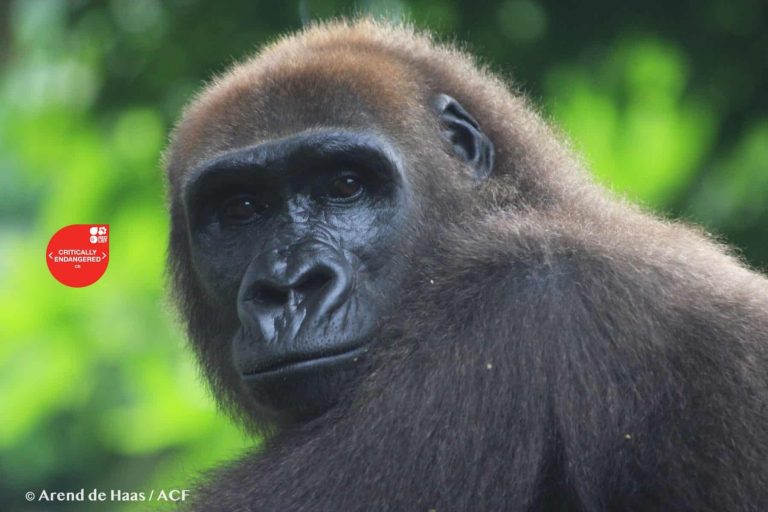
The Cross River Gorilla, with fewer than 300 individuals estimated to exist in the wild, is the most endangered of the gorilla subspecies, and is listed by the IUCN as Critically Endangered.
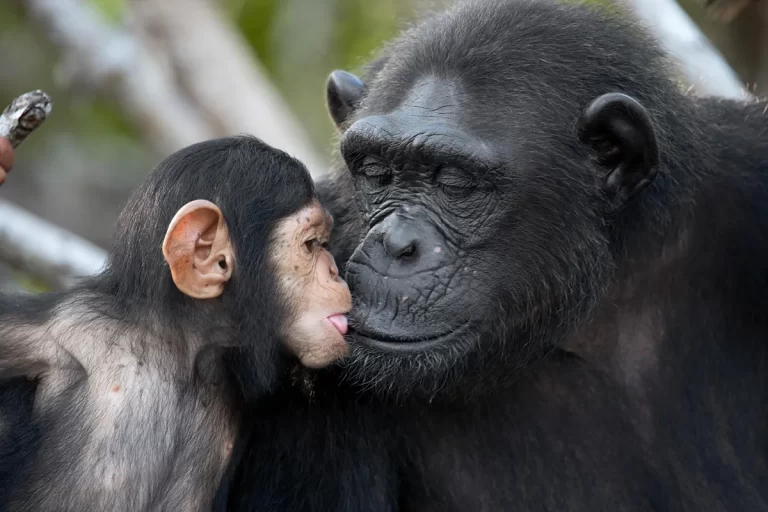
The Nigeria-Cameroon chimpanzee is least distributed of all the chimpanzee subspecies. They are classified as Endangered on the IUCN Red List. This means it has a very high risk of extinction in the wild in the near future.

African elephants, Earth’s largest land animals, confront significant threats. The ivory trade drives illegal poaching, while habitat loss due to human expansion disrupts their resources.
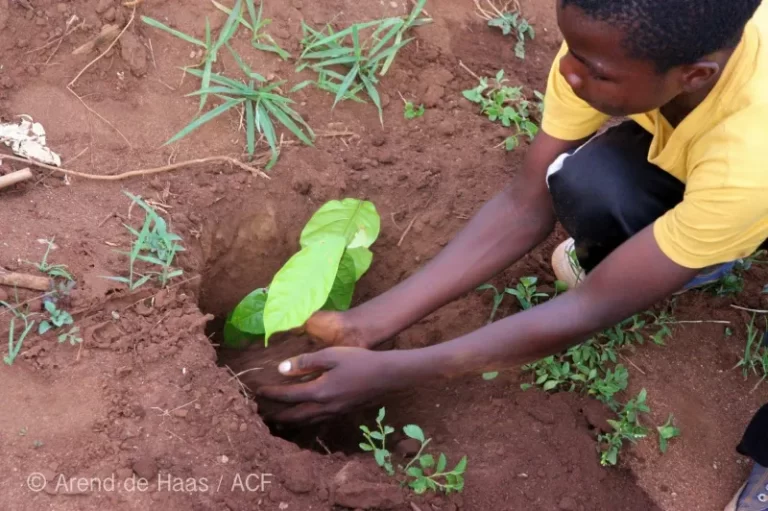
Many of the native Miombo woodlands in Mozambique are vanishing because of human activity. This disappearance of wildlife habitat is disastrous for the species that depends on these trees for their survival in the form of shelter and food.
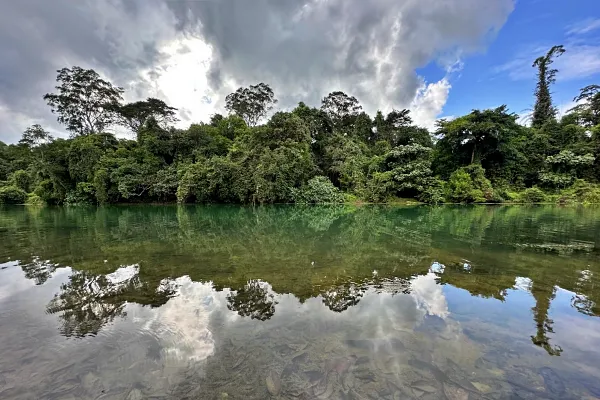
In response to the escalating threats to biodiversity and traditional livelihoods, local communities in South Kivu’s Mwenga territory are themselves the catalyst in an initiative to strengthen their capacity to manage their natural resources.
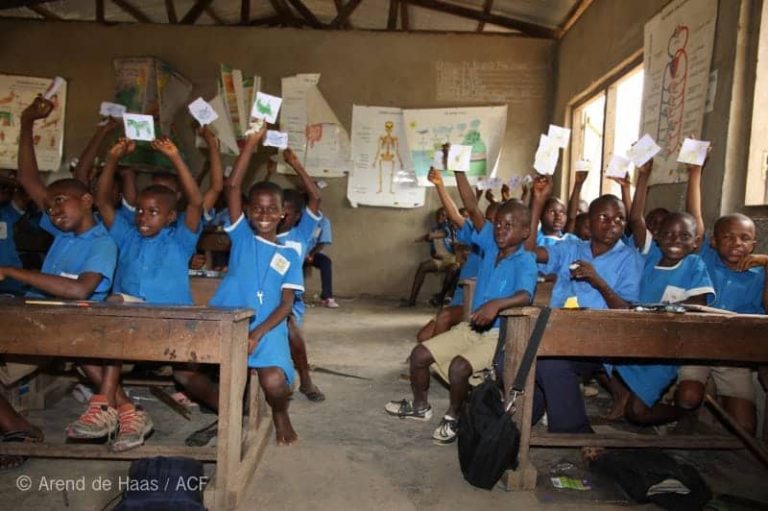
Conservation education plays a pivotal role in inspiring and empowering young individuals to help save wildlife from the brink of extinction. It serves as a fundamental catalyst in achieving the Sustainable Development Goals. For this high-quality education materials and engaging activities are needed.
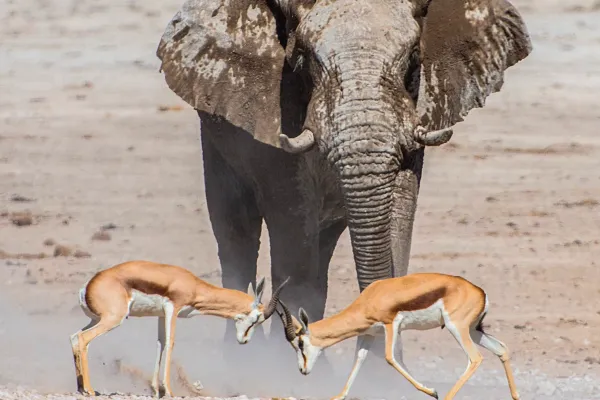
Lake Chad, once one of the largest freshwater lakes in Africa, has been facing significant ecological problems in recent decades. These issues have had far-reaching consequences for the surrounding communities and the fragile ecosystems that rely on the lake.